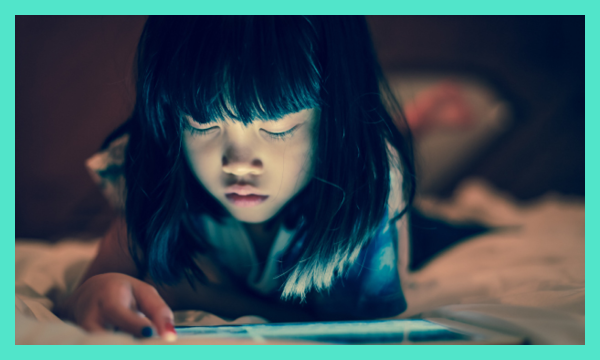The impact of digital and social media on mental health varies by age and gender
Young women and girls are twice as likely to report a negative impact on their mental health
Although many young people report that their use of the internet and digital devices has a positive impact on their mental health, there is a notable increase by age of young people reporting a negative impact. For instance, among 14–16-year-olds 12% say their use of the internet and digital devices has a negative impact on their mental health and this jumps to 32% among 17–19-year-olds.
In total, 17% of respondents from the Digital Youth Index report that their use of the internet and digital devices has a negative impact on their mental health. Although this is a minority, it equates to around 2.5 million young people aged 8-25 across the UK.
Despite being more likely to experience a negative impact on their mental health, older respondents are also more likely to go online to search for advice about mental health issues. Up until the age of 16, young people will predominantly turn to their family first for advice but there is a clear switch among those aged 17 and older. There is also a clear gender difference. 23% of young women report a negative impact on their mental health from using the internet and digital devices, compared to 11% of young men and boys, although there is little difference in where they will search for advice about mental health.
When looking at perceptions of social media the picture is less clear cut. There are some differences of opinion by age but gender differences are less apparent. 45% of young people think social media has a negative impact on people like them vs 47% who think social media is a force for good. When analysing by age group, older respondents are more likely to think social media has a negative impact, e.g. 36% of 14–16-year-olds agree and this increases to 53% among 17-19-year-olds.
Why does this matter?
Parents and guardians often face dilemmas about appropriate use of the Internet and digital devices by young people in their care; the level of supervision required, enforcement of time limits, and the use of parental controls. For example, most social media and gaming platforms have minimum age limits for users and various parental controls and privacy settings but there can be pressure on parents and guardians to create accounts on behalf of younger children who do not meet these limits. Furthermore, social media and gaming companies may lack the controls and incentives required to verify their users and tackle misrepresentation of age. It can also be difficult for parents and guardians to monitor and enforce limits on the use of the internet and digital devices if they are not familiar with the wide range of technologies that are available to facilitate the process – or the risks that young people in their care are exposed to.
The differences in the data, highlight the fact that when it comes to young people there is no such thing as a ‘one size fits all’ approach for parenting or for the technology companies developing and managing digital devices and online platforms. Age-appropriate design needs to be considered at every stage of the development process – to make it easier for the end user to experience the benefits of digital technologies and the internet while reducing the risk of them being exposed to harmful content.
As the Online Harm Bill comes into effect in the UK, we can expect more emphasis on the duty of care for platform providers ranging from individual to societal responsibilities. This could mark a new era for mental health and wellbeing to come higher up the priorities list.
Implications
- What extra safeguards are needed for young people engaging with social media?
- How will the Online Harms Bill in the UK affect the duty of care for platform providers? How will this extend to cover metrics regarding both individual and societal harms?
- How can age-appropriate design mitigate negative experiences?




